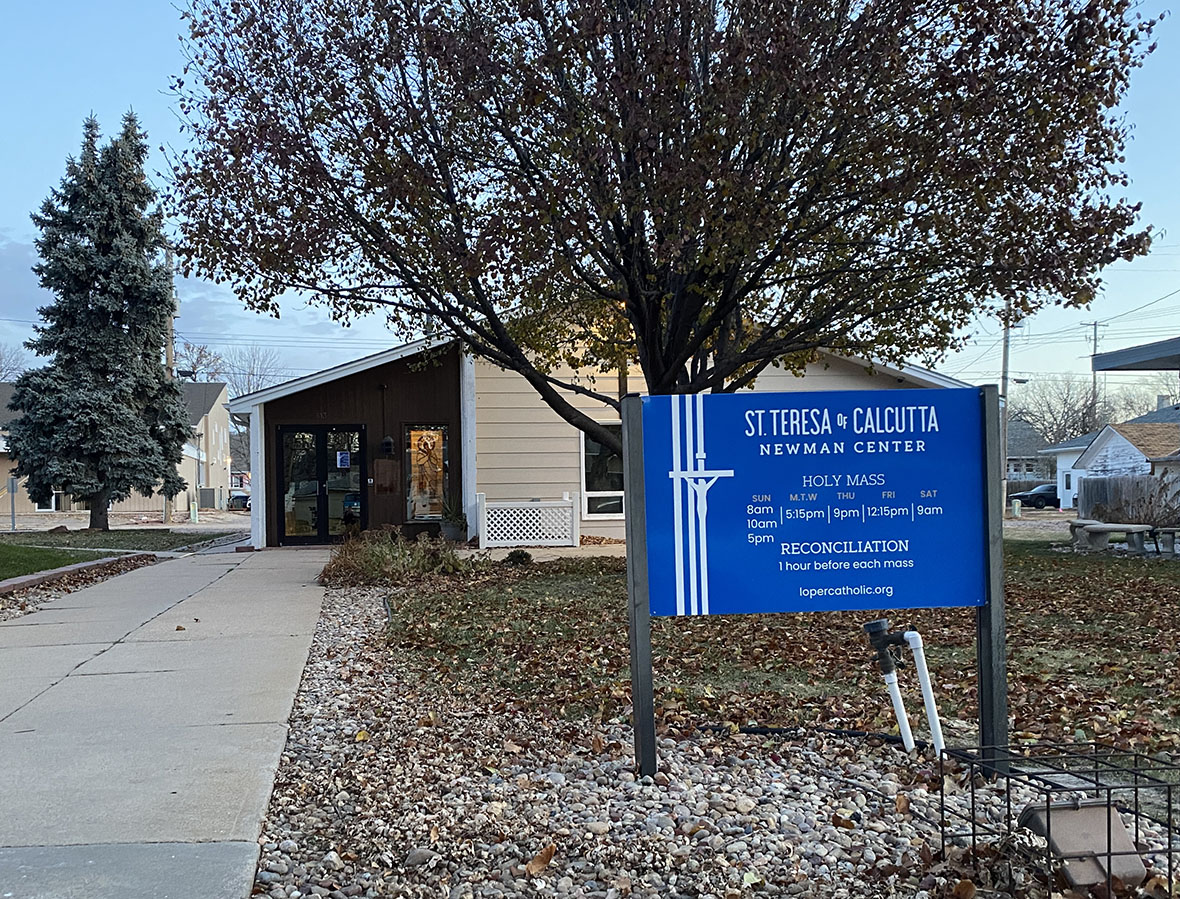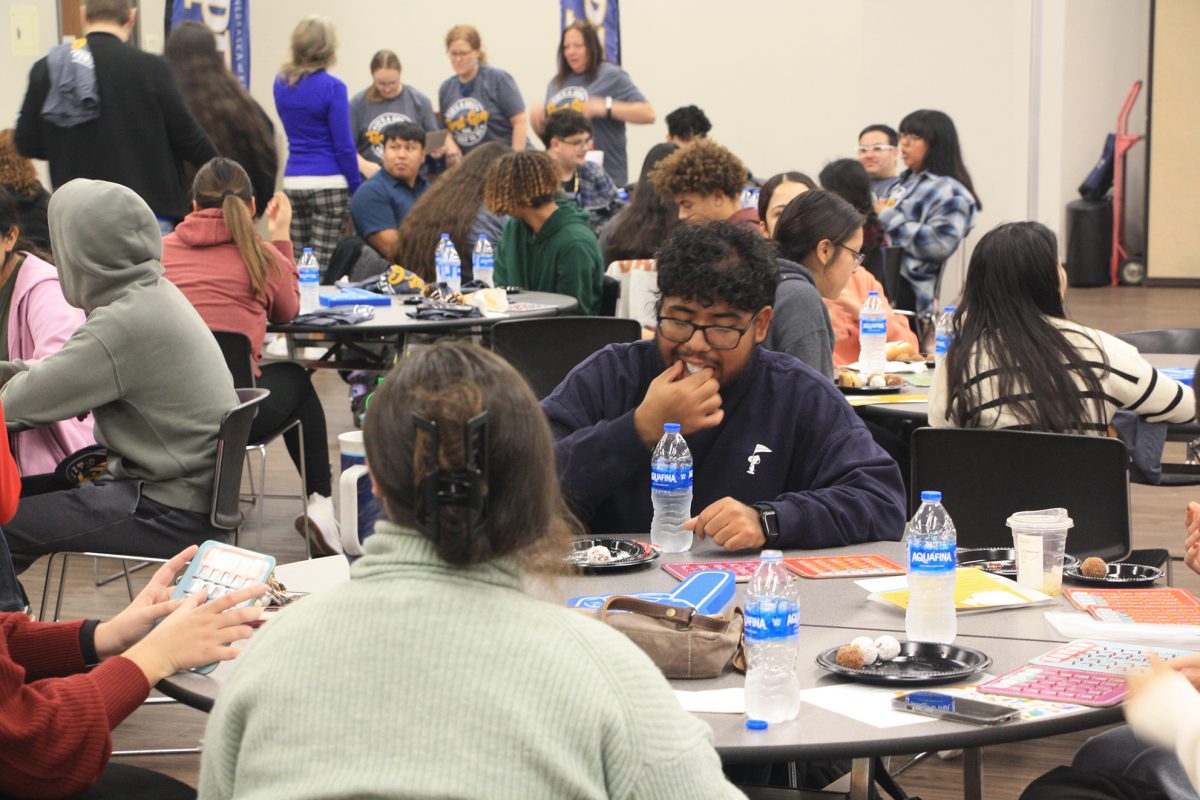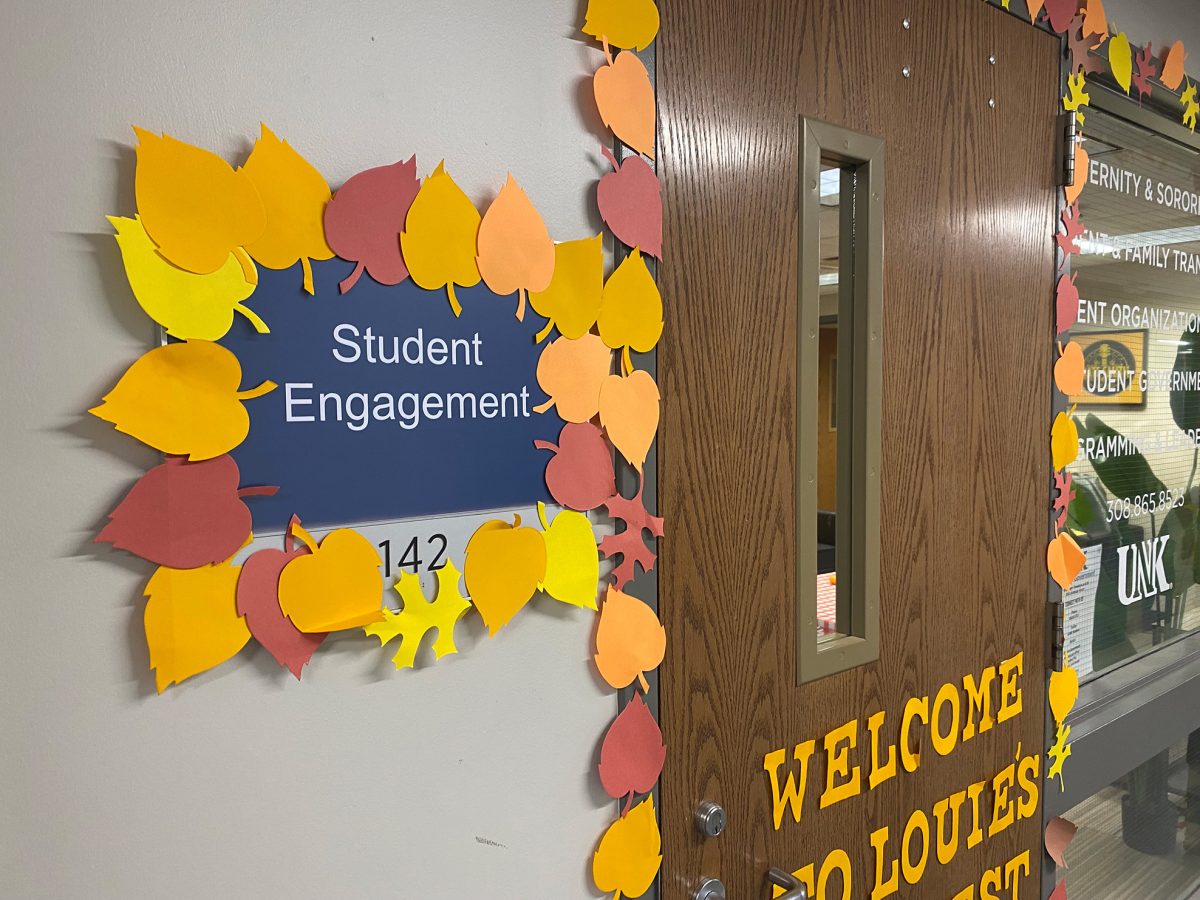BLAKE BUBAK
bubakbt@lopers.unk.edu
Have you ever wondered about the different stories associated with the constellations of the night sky? Visit a show at the UNK planetarium to hear from modern astronomers about the constellations and their cultural importance.
The planetarium serves as a resource within the community that allows attendees to see the full, unpolluted beauty of the starlit sky.
“It’s a chance to learn something new but also to sort of be awed by what is really there,” said Dr. Joel Berrier, an associate professor of the department of Physics and Astronomy and the Planetarium Director at UNK.
Placed in the center of Bruner Hall, the planetarium takes viewers into a much more detailed universe compared to what is learned in a classroom. With free events happening throughout the month, these shows provide a whirlwind of information that pertains to the different constellations and planets within space. In particular, Star Stories is an event that is led by Dr. Berrier. It focuses on the 88 systemic constellations that have been identified and named by the International Astronomical Union.
From a cultural standpoint, constellations for a long time have served a variety of purposes for diverse groups of people.
“Constellations are really cultural constructs. Almost every civilization on the Earth has different sets of constellations”, said Berrier.
With a majority of these systemic constellations being based off of Greek and Roman myth, Berrier provides an in depth narrative for a select few constellations. When attending one of these events, it is possible to hear the legend of Orion the Hunter. Considered one of the greatest mortal hunters, Orion considered himself superior to the Gods. In doing so, the Gods were angered. As the myth goes, the Gods sent a scorpion as punishment to sting and ultimately kill Orion. Word has it that the Scorpion was then placed all the way across the sky and far away from Orion. This myth was the reason for the naming of the star, Scorpius.
As an event like Star Stories takes a much deeper dive into our wondrous galaxy, the planetarium serves as a resource to do just that.
“This was definitely more eye-opening and Dr. Berrier did a really good job explaining everything. It was just really cool instead of seeing a picture, it was like the physical sky”, said Maddie Love, a UNK biology student and attendee at the Star Stories event.































